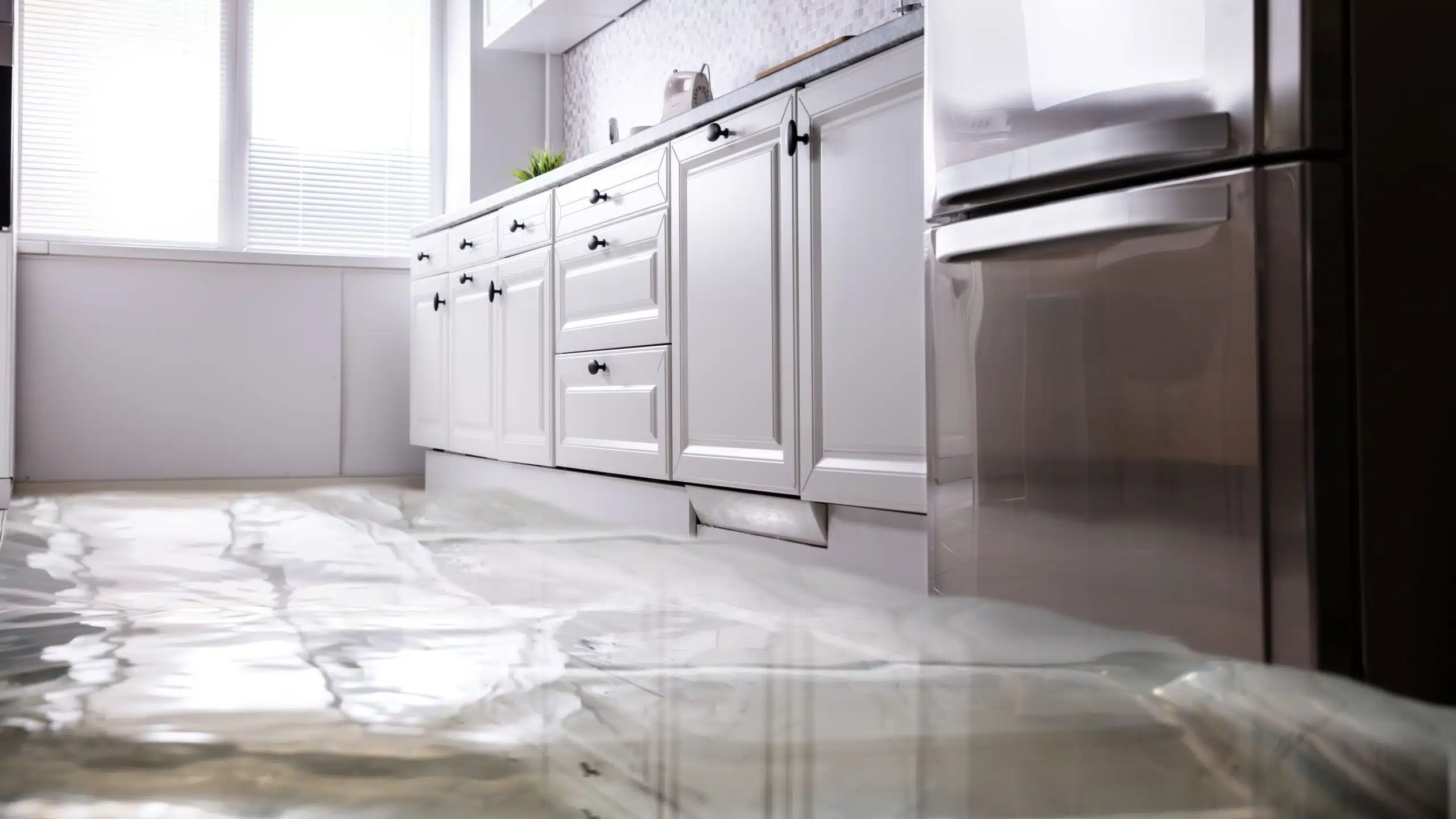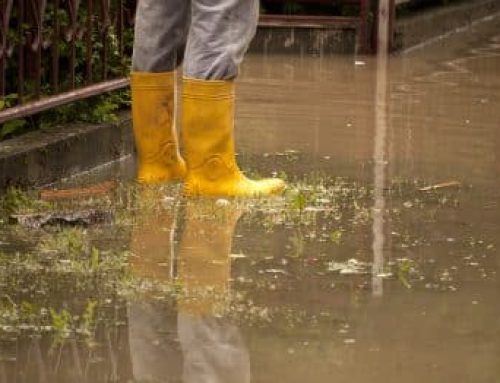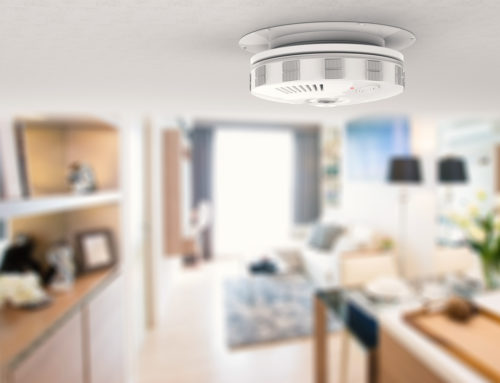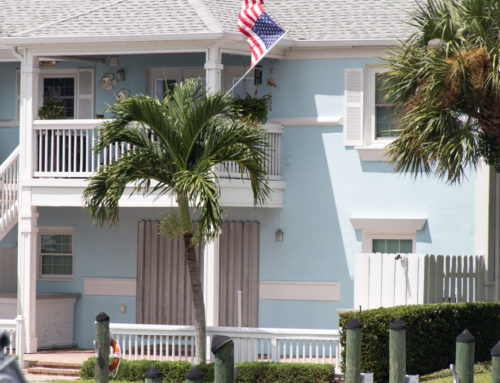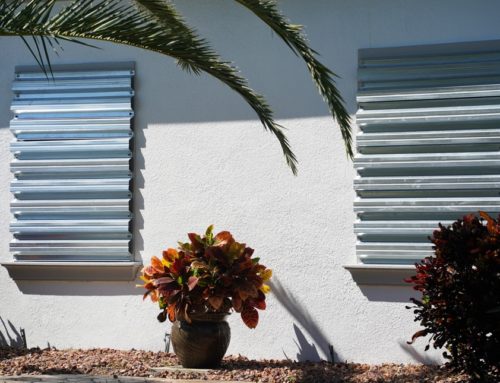Of the three leading causes of property damage—fire, theft/vandalism, and water damage—the last one is usually the easiest to prevent. You can avoid frozen pipes and water damage at the vacant house by taking some simple steps to winterize it properly. You will want to do the following, starting at the exterior:
Steps to winterize your vacant house
1. Shut off the water at the street
Most water meters are found in the yard, close to the sidewalk or street. If you don’t feel 100 percent confident about doing this yourself, it is best to play it safe and have your utility company come out.
2. Give some attention to your water heater
First, turn off the electrical or gas service to your water heater. If you drain it but don’t shut off the gas or electricity, you can risk burning out the heating element which can cost about $60 to $70 to repair. After turning off the water heater, drain it completely according to the manufacturer’s instructions.
3. Open up the lowest faucets on your property
This is most likely an outside spigot or in the basement. After removing any hoses, drain these faucets first, and keep them open until you have drained the rest of your system. After everything is drained, give your exterior spigot an extra layer of protection with a hose bib cover.
4. Drain the system
Drain all the toilets, toilet tanks, and any other pipes, making sure that there is as little water in the system as possible. Open the spigots for the showers, sinks, and bathtubs, starting at the uppermost level of the house, and systematically working your way downwards until you get to the lowest level. (Those low-level faucets you opened a bit earlier? They will help the draining process now.) Bathrooms and kitchens will be the primary target areas for freezing, but be sure you attend to all rooms with running water. Also, drain any exterior water lines, such as the sprinkler system. Some in the industry also recommend blowing out the lines with compressed air after the lines have been emptied.
5. Pour environmentally safe, biodegradable antifreeze into each of the drains
Many recommend the type used in boats and RVs, for example. This will help any remaining water in the P traps to resist freezing. Be sure to treat your toilet bowls and tanks, sinks, and any other drains in the house. Some in the industry also recommend running antifreeze through your dishwasher and washing machine. (You will simply need to run an empty cycle or two before restoring these appliances to regular use.)
7. Tape the toilets shut and post signage
So that people don’t inadvertently use them, tape the toilets shut and post signs on each winterized item. Your signs should say something like “CAUTION – WINTERIZED – DO NOT USE.” Also, post signs over the thermostats so that prospective buyers or renters do not mess with them and cause you to have an unexpectedly high energy bill!
If you leave the heat on:
Be sure that the temperature is set to at least 55 degrees Fahrenheit (or even higher if your property is further north). Even if you leave the heat on, you should still turn off the water and drain the system, too. What if the power goes off during a winter storm? The pipes would freeze. Some recommend shutting off the heat completely, in addition to turning off the water and draining the system. Uninvited guests will be a lot less likely to stay in your cold house.
If you must leave the water on:
There are some cases (renovations and properties for sale) where turning off the water is not an option. You’ll want to follow the advice above and set your heat to at least 55 degrees Fahrenheit. Then prepare your property with the following:
- Insulate pipes on exterior walls, crawl spaces & the attic.
- Open cabinet doors to allow heat to circulate around un-insulated pipes under sinks & appliances.
- Let warm water drip overnight to keep pipes from freezing.
Insurance coverage regarding burst pipes
Depending upon the type of policy you have, Water Damage caused by a burst pipe isn’t always covered. Even if you do have Water Damage coverage, if you do not follow the procedures as outlined by your insurance policy, such as maintaining heat in the building or shutting off and draining the plumbing system, that damage may NOT be covered. If you have questions about your coverage, as always, contact your client service representative who should be happy to help you!
Related Reading: Is it Covered? – Burst Pipes
One Last Tip: Call in the Pros
If you have a boiler or wet system, or if you feel uncomfortable with any of these winterizing steps for your vacant house, contact a licensed plumber. Most will have experience with proper winterization techniques and can get the job done quickly and thoroughly for you.

